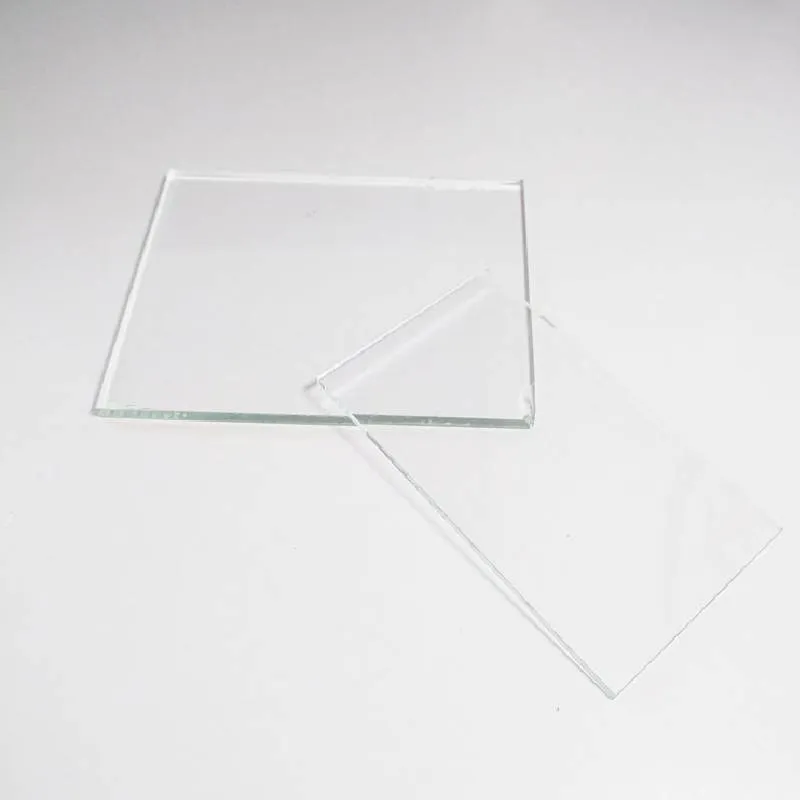Exploring Decorative Glass Texture
Decorative glass texture has emerged as a fascinating aspect of modern design, enriching architectural aesthetics and enhancing functional art. This versatile medium is utilized in a wide range of applications, from residential interiors to commercial settings, offering an array of styles that blend creativity with practicality. Understanding the various types of decorative glass textures and their potential applications can inspire designers, architects, and homeowners alike.
One of the most compelling characteristics of decorative glass is its ability to manipulate light. Textured glass can diffuse light, creating a soft, inviting atmosphere that enhances the mood of any space. For example, frosted or sandblasted glass offers a frosted appearance that obscures visibility while still allowing ample natural light to enter. This quality is pivotal in areas where privacy is essential, such as bathrooms or conference rooms, while also adding an uninterrupted flow of light that can make a space feel more open.
Another popular type of decorative glass texture is patterned glass. With designs ranging from geometric shapes to floral motifs, patterned glass can serve as a focal point or a subtle backdrop. For instance, used in shower enclosures or cabinet doors, patterned glass adds visual interest and can be tailored to suit various design themes, from contemporary to vintage. The ability to customize the glass pattern based on the overall design narrative makes it a favored choice among designers seeking to create distinctive environments.
One should also consider the role of colored textured glass in enhancing design elements. Colored glass can be used to create bold statements, bringing vibrancy and energy to a space. From stained glass windows that tell a story to glass partitions in a corporate setting that evoke a dynamic corporate culture, colored glass often serves a dual purpose functionality and artistry. Furthermore, when illuminated, colored glass transforms its environment, casting colorful shadows and reflections that can dramatically alter the perception of a space.
decorative glass texture
In addition to these traditional methods, advancements in technology have led to the creation of innovative textured glass products that push the boundaries of design. For instance, digitally printed glass allows for highly detailed images and textures to be embedded into the glass surface. This advancement opens up new avenues for creativity, enabling designers to produce bespoke pieces that reflect their unique vision. The interplay of technology and craftsmanship in decorative glass continues to evolve, presenting endless possibilities for exploration.
Another exciting aspect of decorative glass texture is how it can create an illusion of depth and dimension in a flat surface. Techniques like engraving or etching provide intricate designs that can create a three-dimensional effect. This not only adds complexity and interest to the glass but can also serve as an educational tool, as seen in museums or educational facilities where textures can help convey messages or narratives visually.
Sustainability is becoming an increasingly important consideration in decorative glass design. Many manufacturers are now focusing on eco-friendly practices, utilizing recycled materials and producing glass that reduces energy consumption. Textured glass can contribute to sustainability by enhancing energy efficiency in buildings, as it can help regulate interior temperatures by reducing glare and heat gain. This aligns with the growing demand for environmentally responsible design solutions.
In conclusion, decorative glass texture is a multifaceted medium that marries artistry and functionality. With its ability to manipulate light, create visual interest, and contribute to sustainable design, textured glass is a vital material in both contemporary and traditional design settings. As technology advances, the potential for innovation within this realm continues to expand, inspiring architects and designers to explore new horizons. By integrating decorative glass texture into their work, they can craft spaces that are not only visually compelling but also rich in functionality, welcoming, and sustainable, ultimately enhancing the experience of those who interact with these beautifully designed spaces.
 Afrikaans
Afrikaans  Albanian
Albanian  Amharic
Amharic  Arabic
Arabic  Armenian
Armenian  Azerbaijani
Azerbaijani  Basque
Basque  Belarusian
Belarusian  Bengali
Bengali  Bosnian
Bosnian  Bulgarian
Bulgarian  Catalan
Catalan  Cebuano
Cebuano  Corsican
Corsican  Croatian
Croatian  Czech
Czech  Danish
Danish  Dutch
Dutch  English
English  Esperanto
Esperanto  Estonian
Estonian  Finnish
Finnish  French
French  Frisian
Frisian  Galician
Galician  Georgian
Georgian  German
German  Greek
Greek  Gujarati
Gujarati  Haitian Creole
Haitian Creole  hausa
hausa  hawaiian
hawaiian  Hebrew
Hebrew  Hindi
Hindi  Miao
Miao  Hungarian
Hungarian  Icelandic
Icelandic  igbo
igbo  Indonesian
Indonesian  irish
irish  Italian
Italian  Japanese
Japanese  Javanese
Javanese  Kannada
Kannada  kazakh
kazakh  Khmer
Khmer  Rwandese
Rwandese  Korean
Korean  Kurdish
Kurdish  Kyrgyz
Kyrgyz  Lao
Lao  Latin
Latin  Latvian
Latvian  Lithuanian
Lithuanian  Luxembourgish
Luxembourgish  Macedonian
Macedonian  Malgashi
Malgashi  Malay
Malay  Malayalam
Malayalam  Maltese
Maltese  Maori
Maori  Marathi
Marathi  Mongolian
Mongolian  Myanmar
Myanmar  Nepali
Nepali  Norwegian
Norwegian  Norwegian
Norwegian  Occitan
Occitan  Pashto
Pashto  Persian
Persian  Polish
Polish  Portuguese
Portuguese  Punjabi
Punjabi  Romanian
Romanian  Russian
Russian  Samoan
Samoan  Scottish Gaelic
Scottish Gaelic  Serbian
Serbian  Sesotho
Sesotho  Shona
Shona  Sindhi
Sindhi  Sinhala
Sinhala  Slovak
Slovak  Slovenian
Slovenian  Somali
Somali  Spanish
Spanish  Sundanese
Sundanese  Swahili
Swahili  Swedish
Swedish  Tagalog
Tagalog  Tajik
Tajik  Tamil
Tamil  Tatar
Tatar  Telugu
Telugu  Thai
Thai  Turkish
Turkish  Turkmen
Turkmen  Ukrainian
Ukrainian  Urdu
Urdu  Uighur
Uighur  Uzbek
Uzbek  Vietnamese
Vietnamese  Welsh
Welsh  Bantu
Bantu  Yiddish
Yiddish  Yoruba
Yoruba  Zulu
Zulu 

